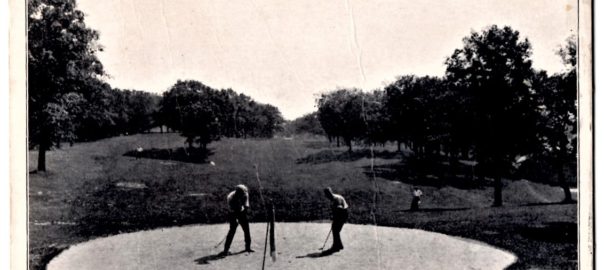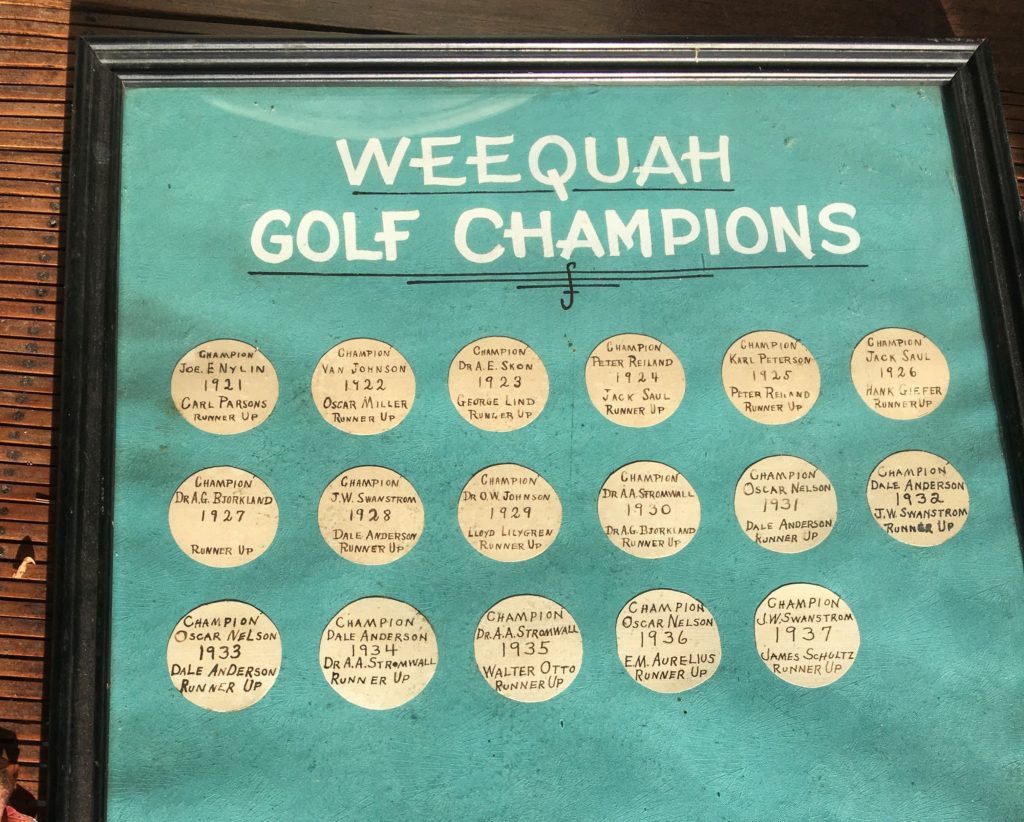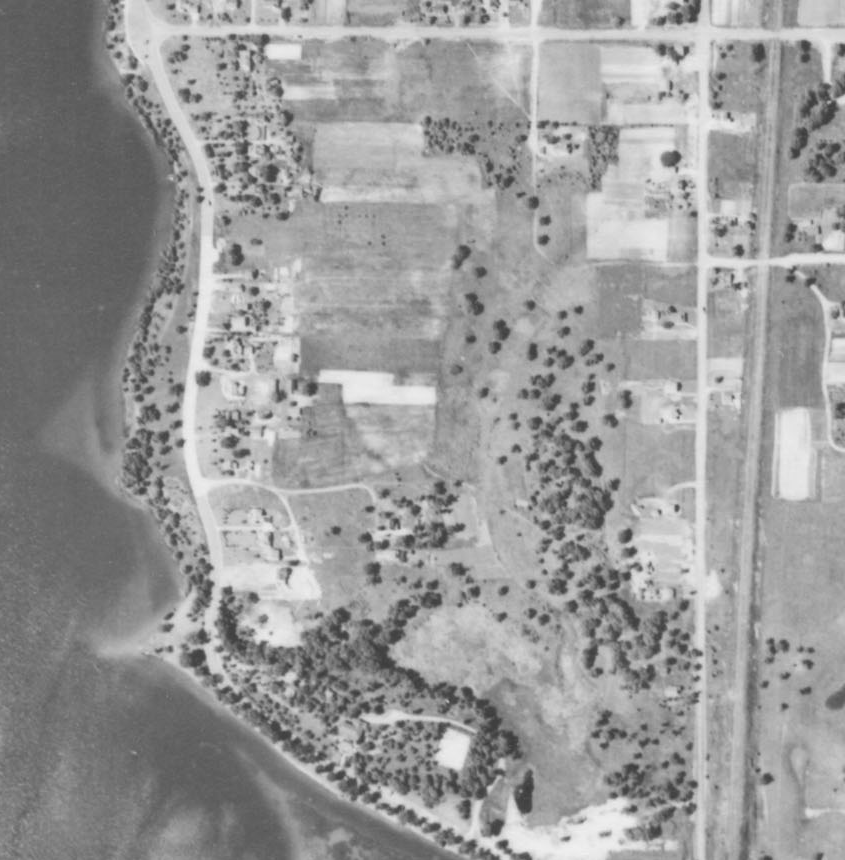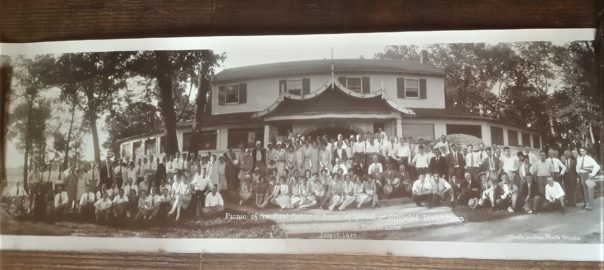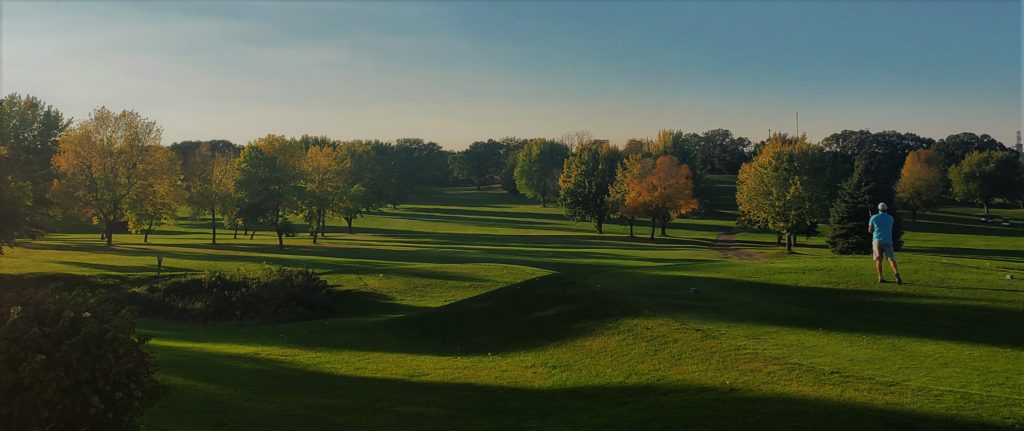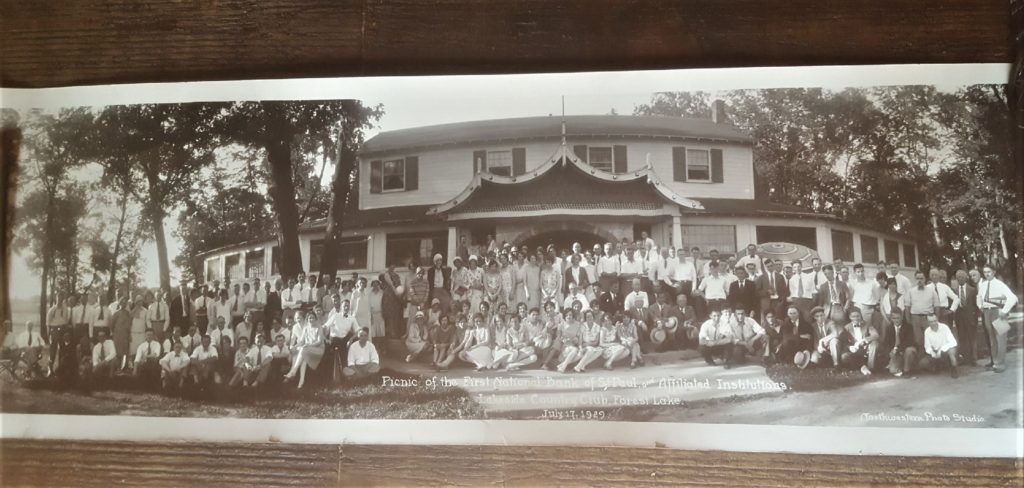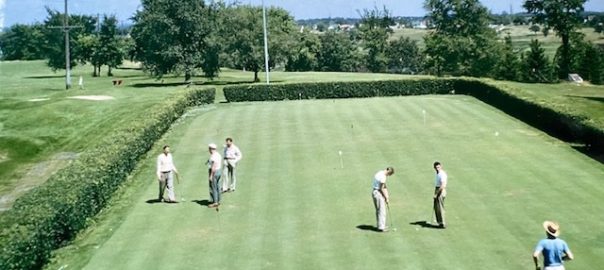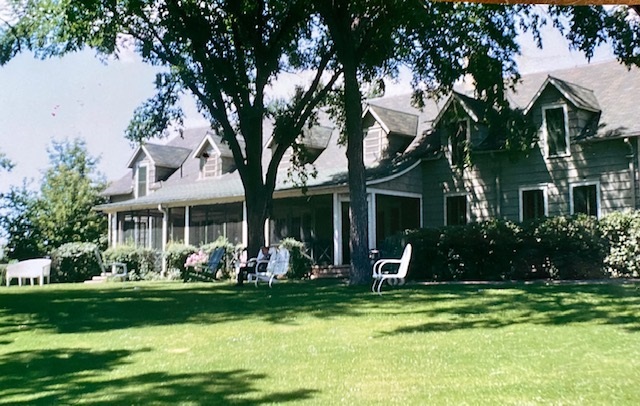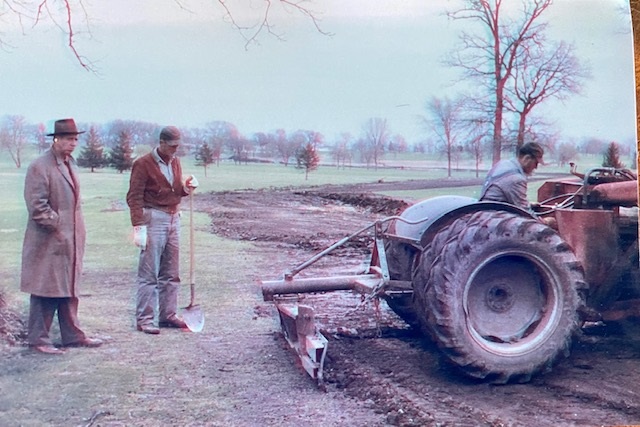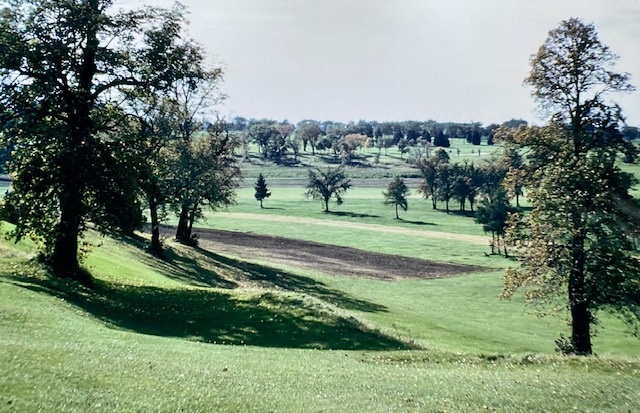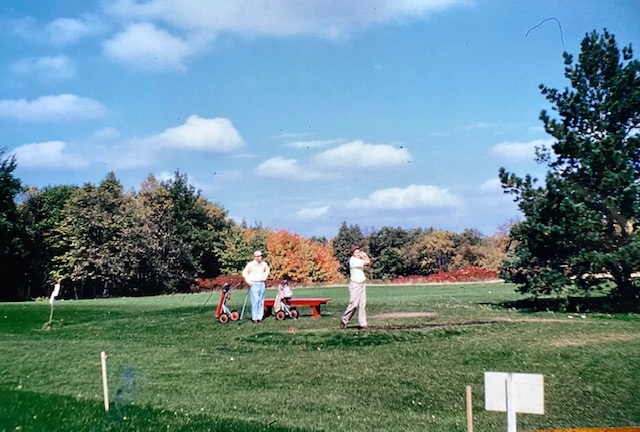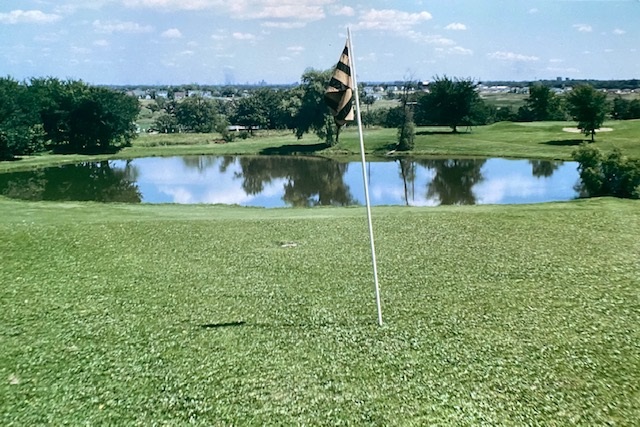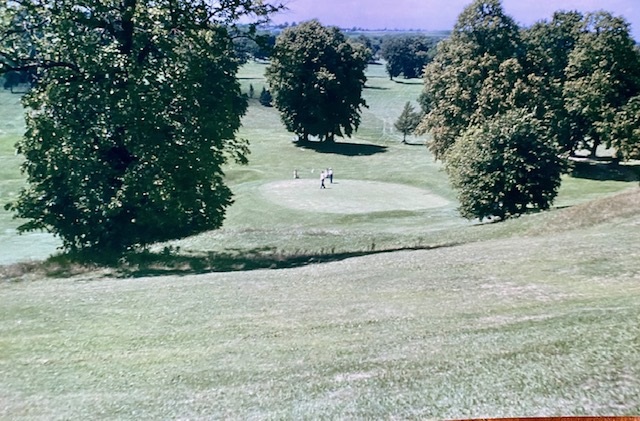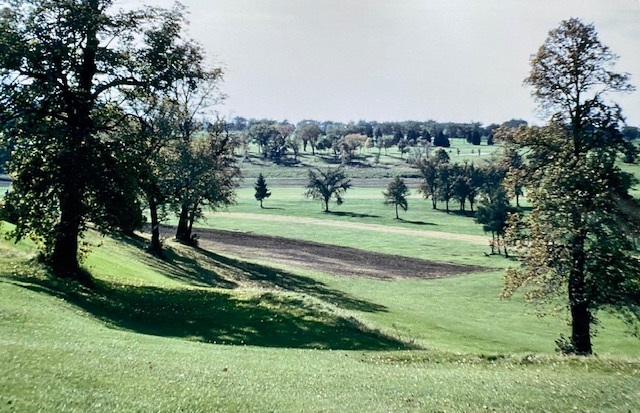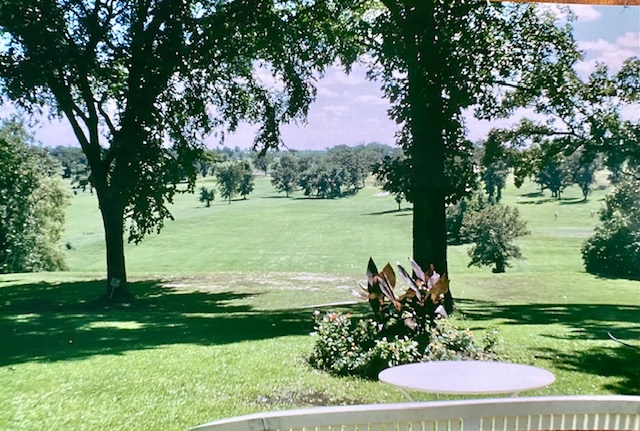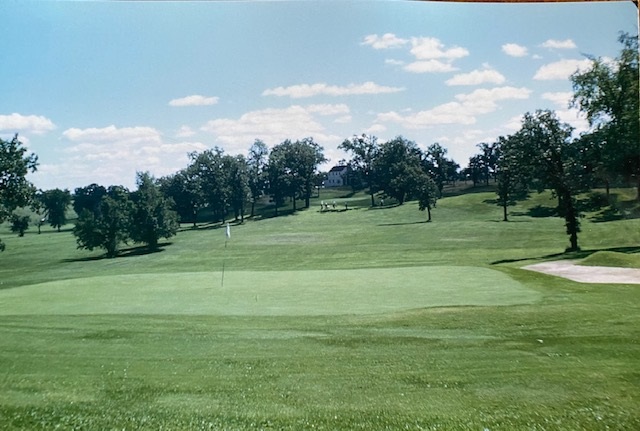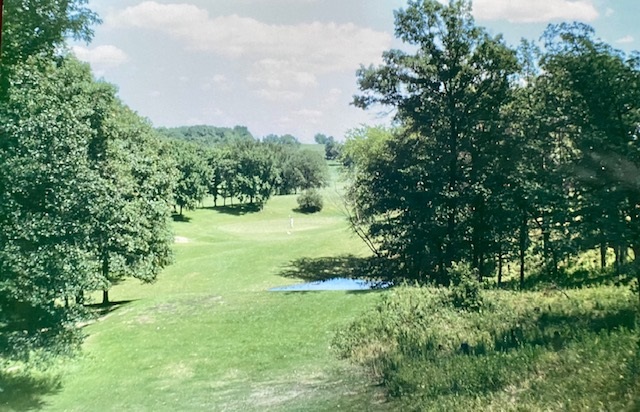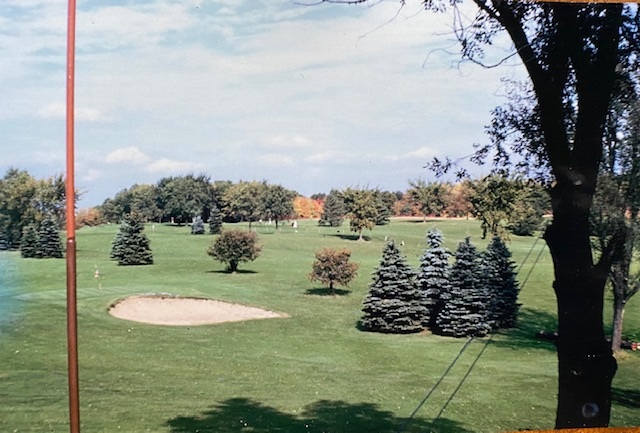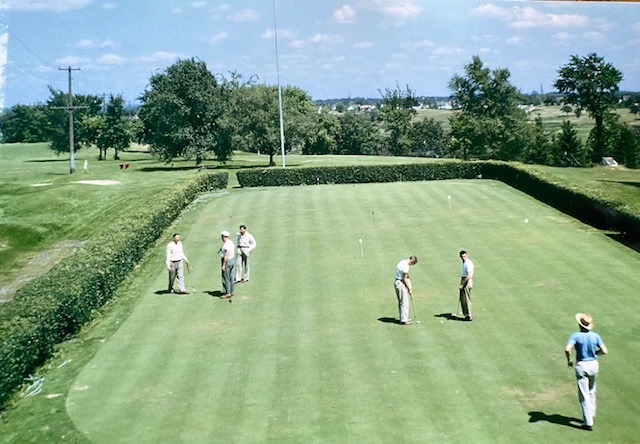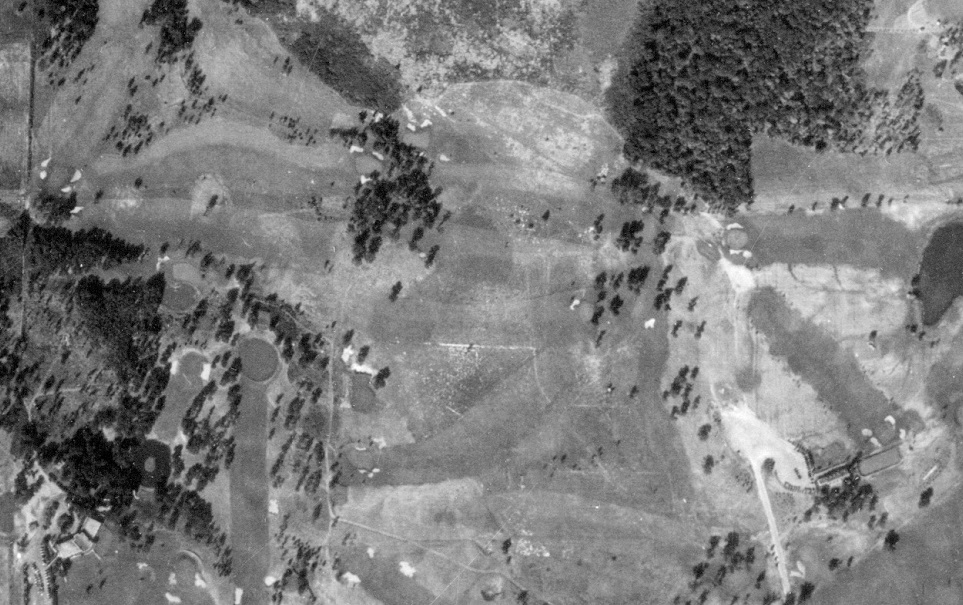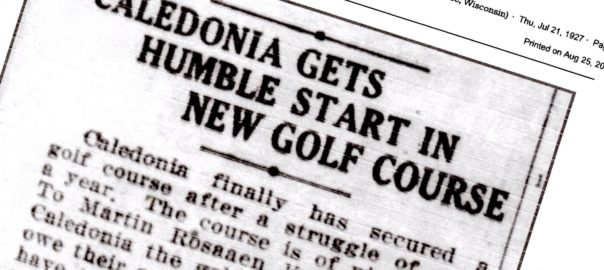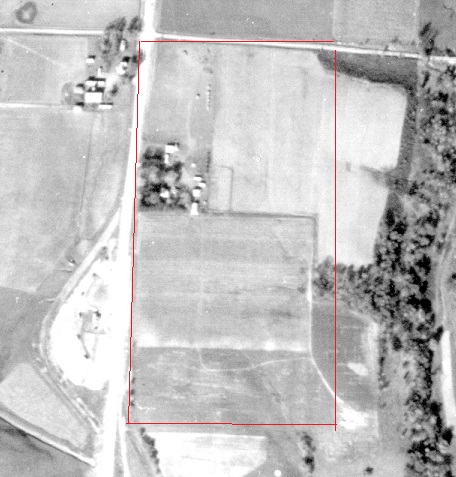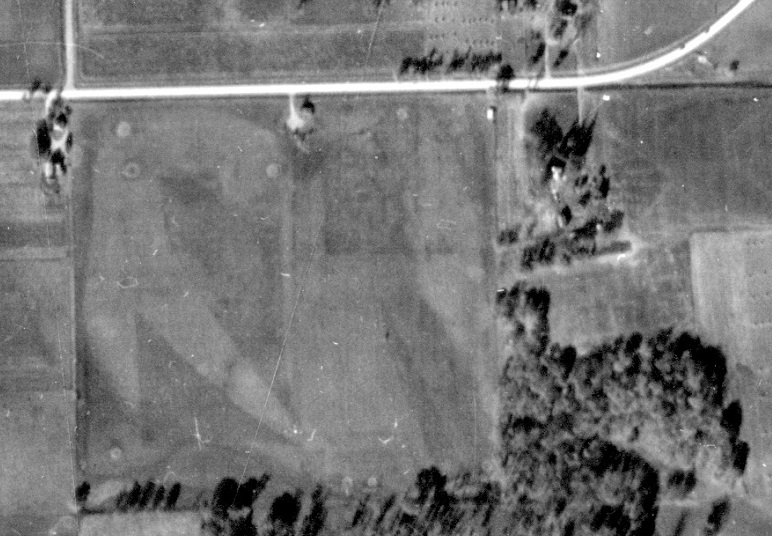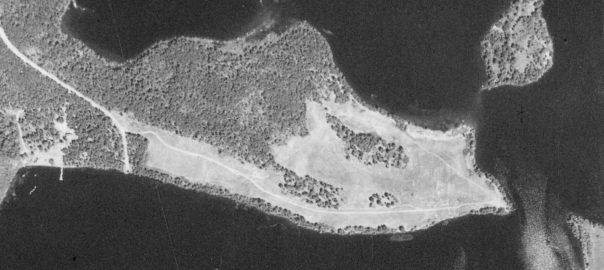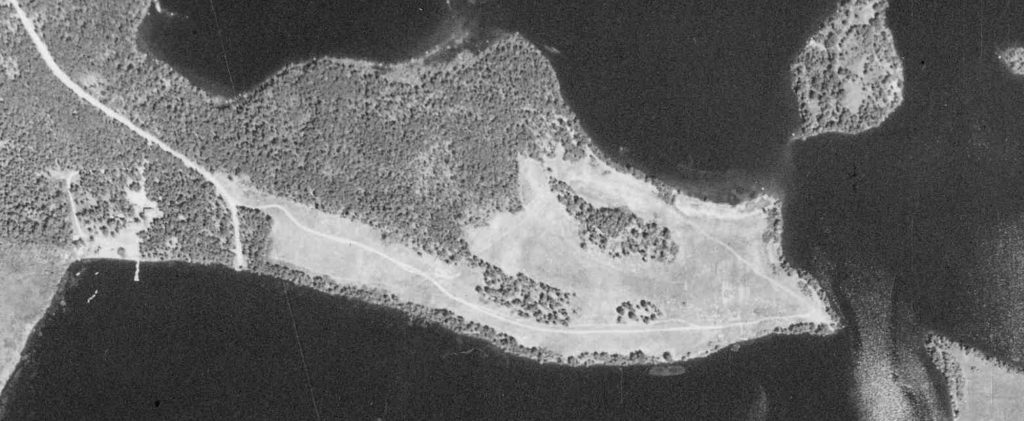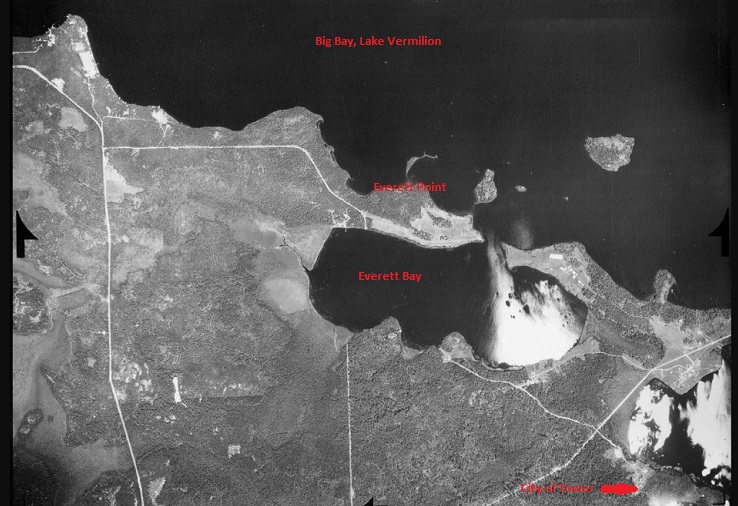During a decade of searching for lost golf courses, I’ve found a few. Well, it isn’t fair to say I found them, because, as anonymous as they might be 100 years later, they were of course known about by someone, somewhere, sometime. And I just pieced together spare parts for the purpose of telling a story.
The best example I can think of is Silver Creek in Rochester, a century-old lost course that as far as I can figure was known to only a handful of Minnesotans before it was uncovered to some degree in a March 2017 post on this site. It was a historically important course, to boot.
But as an unknown or virtually unknown place, Silver Creek is just the tip of a lost-course iceberg.
As of the moment I’m writing this, there are 231 entries on my list-slash-map of Minnesota’s lost golf courses, viewable here. I’d guess there are 50 to a hundred more that I don’t know about. Maybe more.
Then there are places I know about, but I don’t know for sure whether an organized golf course ever existed there.
Weequah, for instance.
Golf near the shores of Lake Phalen in St. Paul predates 1925. Phalen Golf Course was the city’s first public course, established in 1917 near the lake’s western shore. Judging by aerial photographs and one close-up (below), the current verdant and tree-lined Phalen GC doesn’t look a lot different than it did in its early years, save for the sand greens.
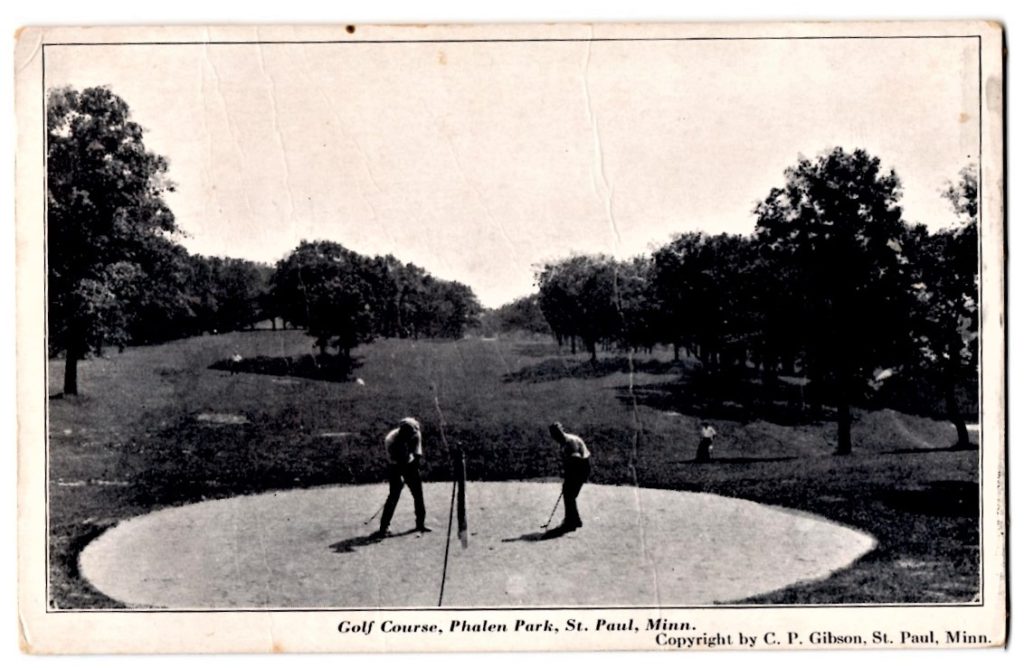
Less than a mile east of Phalen GC, across the neck of of Lake Phalen, lay home base for the Weequah Canoe Club.
“At 1492 East Shore Drive is the clubhouse of the Weequah Canoe Club, built in 1924 by Swedish businessmen,” wrote Donald Empson in his book “The Street Where You Live: A Guide to the Place Names of St. Paul.”
Empson continued: “A few years later, after establishing a golf course, it became the Weequah Country Club; today it is a private residence.”
A golf course on the east side of Lake Phalen? Never heard of such a thing. Nor had the handful of people I talked to about it. Nor could I find a reference to golf at Weequah in online searches of newspaper archives, nor in a one-hour search (that’s certainly not expansive) of St. Paul Pioneer Press and Dispatch archives from the mid-1920s. (I would have looked harder, but those newspapers are archived at the Minnesota History Center, which because of the pandemic I visited that one and only time in 2021, and I have no plans to return soon. Also, note updates at the bottom of this post.)
The Weequah Canoe Club dates to 1913 or before, that date being the earliest reference I could find online. The club participated in rowing events on Lake Phalen and beyond. As for whether golf was ever played onsite, understandable skepticism was offered last year by the man who lives at the St. Paul address of the former Weequah Canoe Club and who owns background knowledge.
The Weequah club “had a locker room, Bar & Grill, Pool Table, and a large dance floor that led out onto the veranda port hall,” wrote William Zajicek in an online message. “They also had a tennis court and a golf club but to the best of our knowledge used the golf course across the lake in Phalen Park.”
That’s a perfectly logical supposition, though it pits Zajicek’s understanding (no golf course on the Weequah grounds) against Empson’s (yep and fore!).
Zajicek suggested in a subsequent message that he suspected the area surrounding Weequah at that time was not topographically fit for a golf course.
“The Weequah,” Zajicek wrote, “is built on a sand ridge that runs parallel to the lake shore starting at Arlington (Avenue) and going to the north toward a larger plateau. You can see the creek/drainage area behind the Weequah which led to the lake. The area to the east, I was told, required a good deal of fill before it could be developed in the ’50s.”
I’m not going to profess to know more about the surroundings than Zajicek. No way. But I’ll assert that a lot of golf courses, from living to long-expired, have been built on land not well-suited for golf. Notably among Minnesota lost courses,, there was the old Memorial Field course in Mankato, which briefly operated in a veritable swamp in the late 1930s.
Back to Weequah … aerial photographs also make me wonder.
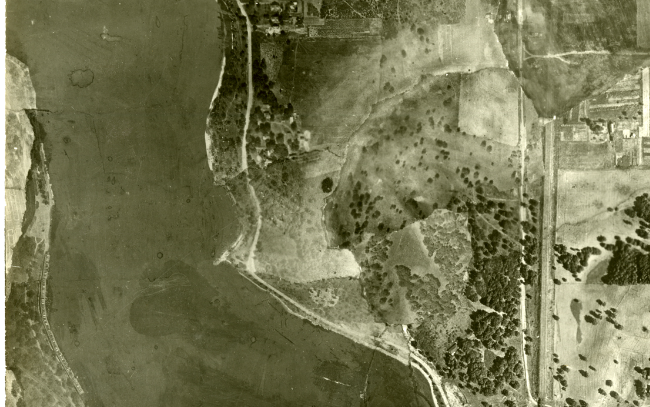
The photo above shows Lake Phalen and the area to the east in 1923. The Weequah club, if I understand correctly, was along the road on the eastern shore — I believe near the bright-white spot where the road turned from directly north-and-southbound to a more diagonal angle. The suggestion is that the immediately surrounding land, including the creek that can be seen in the photo, was low-lying and not conducive to golf. That likely is true. But north of that, and east of the creek (in the right-center area of the photo), lies an area dotted with trees. It wouldn’t have been exactly out the backdoor of the Weequah Club but would have been only a few hundred steps from it. I swear it’s not outlandish to visualize tree lines between which golf fairways could have lain. I ran this theory past someone familiar with the look of old golf courses in historic aerial photos, and he didn’t see it as I did. But I haven’t wavered. I’m also thinking this spot of lightly wooded land was on higher ground than what’s to its southwest, and would have been about the right size for five to nine golf holes.
For purposes of modern-day context, I’m suggesting this this “golf-able” land would have been just west of the thin, light vertical line on the aerial photo, which I believe is now the Bruce Vento Regional Trail and originally was the St. Paul and Duluth Railroad. English Street runs nearby and close to parallel. Today, this is a residential area, near Hoyt and Idaho avenues and Chamber Street.
I know little else about Weequah, whether as canoe club, country club (i.e. with golf course) or just plain club-club. A 1922 Minneapolis Star story reported there were about 220 members. The latest reference I could find to it being an existing club came in 1940. A 1924 entry in “Minnesota and Its People” listed St. Paul dentist Daniel O. Ostergren as a Weequah Club member, “fond of fishing, motoring and playing golf.”
As with other places I’ve heard about over the years, I’ve left it up to — well, me, a committee of one — to decide whether a place in question is a lost golf course or just a slice of fiction. (If I’m the only one who cares, be that as it may.) So I have to render my own verdict, and I’ll do that with Weequah:
I’m saying, on admittedly thin evidence, there once was an organized golf grounds at Weequah. And I’m calling it a lost golf course — No. 232 on the list.
As always, feel free to enlighten or correct me if you have knowledge, or just want to speculate, or just want to call me a crackpot. I can take it.
Next: a few other venues I’m not sure about. I had planned to include them here, but I grossly exceeded my entirely mythical word-count limit.
Update, Jan. 29, 2022: I have received two items that shed light on Weequah, though they don’t solve the mystery of whether there was a course on the grounds.
The first is a display of Weequah golf champions, passed along by the aforementioned William Zajicek. To my surprise, it covers the years 1921 to 1937, a much longer period of time than I suspected the golf club existed, and now it suggests to me that there might not have been a course on the site, if it lasted that long while the surrounding area began to see more residential development.
Courtesy of William Zajicek
Below is an aerial photo of the area in 1940, again from the Borchert Library website. Yes, residential development had begun, notably along English Street, but the area remained mostly devoid of buildings.
The other item is an entry in “Tee Party on the Green,” a 1925 publication that covered goings-on in Minnesota golf. On the “Twin Cities Miscellany” page, an entry mentioned that “Karl Karlson led the qualifiers in the Weequah Country club’s annual championship golf tournament with a net score of 140 for the 36 holes.” Interestingly, other Miscellany entries mention tournaments played by civic organizations or groups, but those always mentioned at which course the event was played. The Weequah entry included no such caveat, such as “played at the Phalen links,” thus suggesting Weequah had a layout of its own.
In any event, Weequah remains largely a mystery to me.
